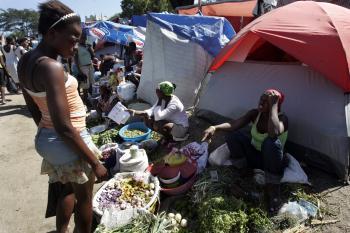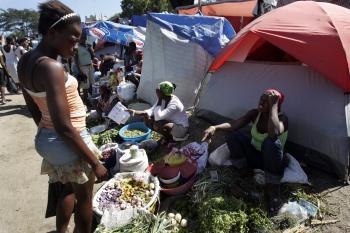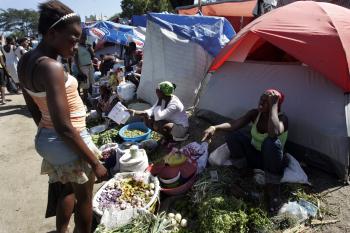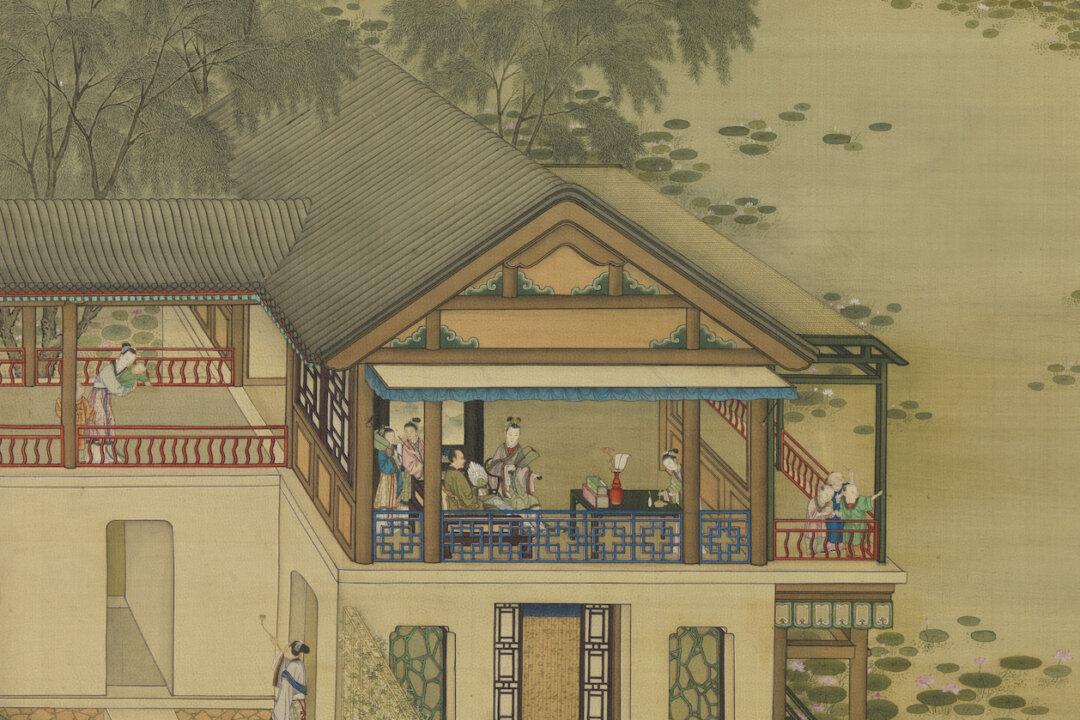As Haitian farmers struggle to prepare for the spring planting season starting in March, rebuilding agriculture in the impoverished, earthquake-devastated country will need a broad range of support from Canada and other countries, with funding being key.
Alexander Jones, Haiti Emergency Response Manager with the United Nations Food and Agriculture Organization (FAO), said that for the moment, the focus is on immediate needs such as erecting emergency shelters, latrines, and inputs for the farming season.
“There is planning for long-term reconstruction but no activities yet. Lack of funding for agriculture is the single major constraint to activities,” Mr. Jones said in an interview from Haiti this week.
The Agriculture Cluster—82 NGOs and U.N. agencies led by the FAO in Haiti—has to date received only 8 percent of its requested funding, he said.
“For the first season we’re struggling. We’re really working hard to get more and better seeds in for planting. Seeds, fertilizer, and tools are really critical,” he said.
There will be a second planting season from August to the beginning of September, but the first season, from March until the beginning of April, produces about 60 percent of the annual crop.
The estimated half a million people who have migrated or returned to the countryside from the ravaged capital, Port-au-Prince, have put a further strain on these very poor areas, said Mr. Jones.
Some NGO surveys report that in the affected areas family sizes have grown from six to 10 or 11 people.
Even prior to the Jan. 12 earthquake, about 60 percent of employed Haitians worked in agriculture, but the low-income sector produced less than 30 percent of the GDP.
Moreover, instead of storing their seeds, Haitian farmers tend to sell their crops and then buy seed for the planting season. “So they’re very vulnerable to the breakdown of the markets and loss of buying power. If they’ve spent their money on supporting food for their relatives, they no longer have the resources available to buy seeds. Then planting will decline. There will be less planted and less yield.”
The immediate concern is to plant the first season, to relieve reliance on food aid. Longer-term reconstruction will require water harvesting, erosion prevention, tree replanting, use of cover crops, along with other conservation and soil management activities.
“[Haiti] used to be a very rich country. It used to be self-sufficient in food, but because of rather poor management practices it’s now a bit of a wasteland,” Mr. Jones said.
With scarce agricultural land and farmers already farming some very steep mountain slopes, “there’s no possibility of bringing new land under cultivation. It’s got to be better management of the existing land.”
Alexander Jones, Haiti Emergency Response Manager with the United Nations Food and Agriculture Organization (FAO), said that for the moment, the focus is on immediate needs such as erecting emergency shelters, latrines, and inputs for the farming season.
“There is planning for long-term reconstruction but no activities yet. Lack of funding for agriculture is the single major constraint to activities,” Mr. Jones said in an interview from Haiti this week.
The Agriculture Cluster—82 NGOs and U.N. agencies led by the FAO in Haiti—has to date received only 8 percent of its requested funding, he said.
“For the first season we’re struggling. We’re really working hard to get more and better seeds in for planting. Seeds, fertilizer, and tools are really critical,” he said.
There will be a second planting season from August to the beginning of September, but the first season, from March until the beginning of April, produces about 60 percent of the annual crop.
The estimated half a million people who have migrated or returned to the countryside from the ravaged capital, Port-au-Prince, have put a further strain on these very poor areas, said Mr. Jones.
Some NGO surveys report that in the affected areas family sizes have grown from six to 10 or 11 people.
Even prior to the Jan. 12 earthquake, about 60 percent of employed Haitians worked in agriculture, but the low-income sector produced less than 30 percent of the GDP.
Moreover, instead of storing their seeds, Haitian farmers tend to sell their crops and then buy seed for the planting season. “So they’re very vulnerable to the breakdown of the markets and loss of buying power. If they’ve spent their money on supporting food for their relatives, they no longer have the resources available to buy seeds. Then planting will decline. There will be less planted and less yield.”
The immediate concern is to plant the first season, to relieve reliance on food aid. Longer-term reconstruction will require water harvesting, erosion prevention, tree replanting, use of cover crops, along with other conservation and soil management activities.
“[Haiti] used to be a very rich country. It used to be self-sufficient in food, but because of rather poor management practices it’s now a bit of a wasteland,” Mr. Jones said.
With scarce agricultural land and farmers already farming some very steep mountain slopes, “there’s no possibility of bringing new land under cultivation. It’s got to be better management of the existing land.”






